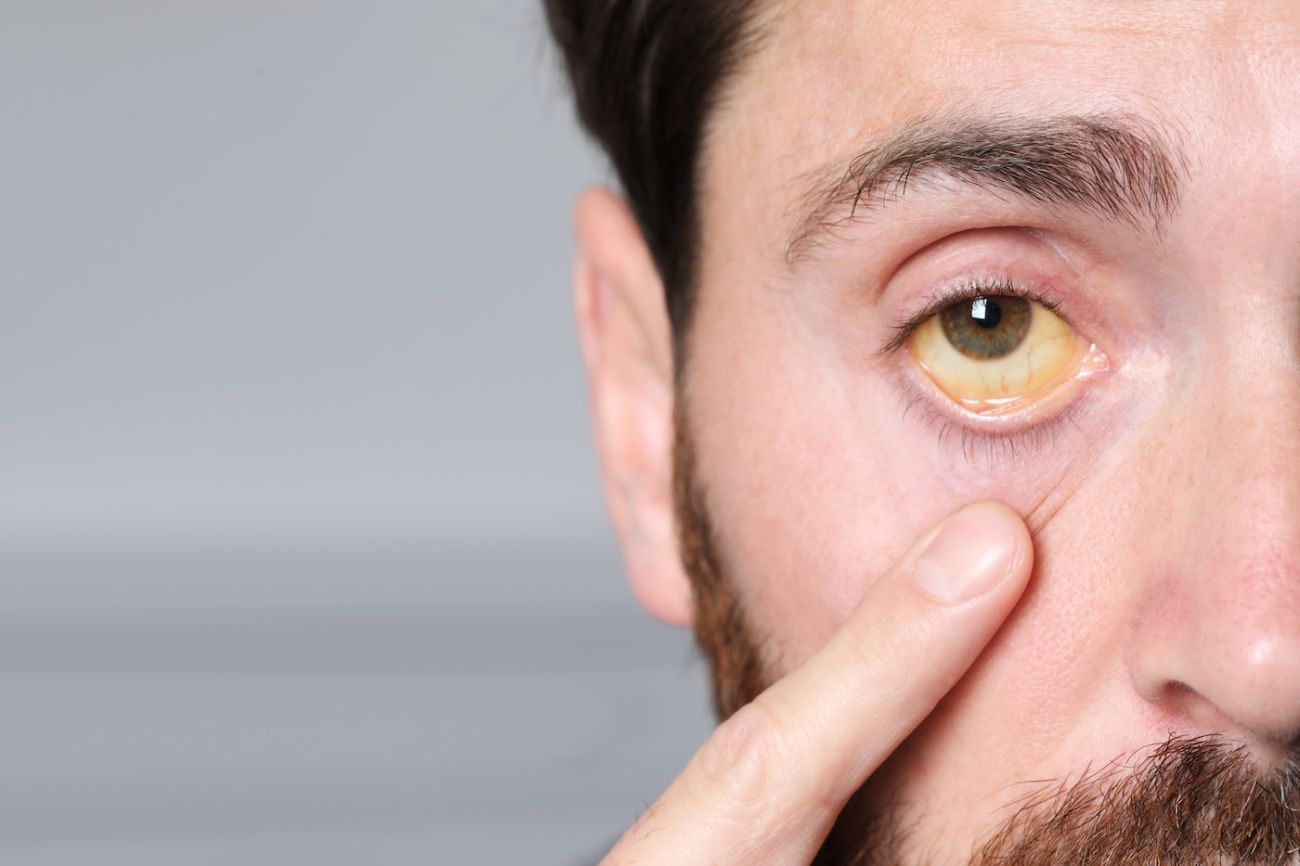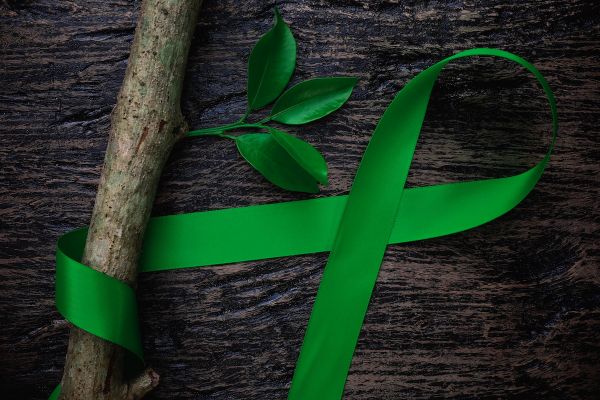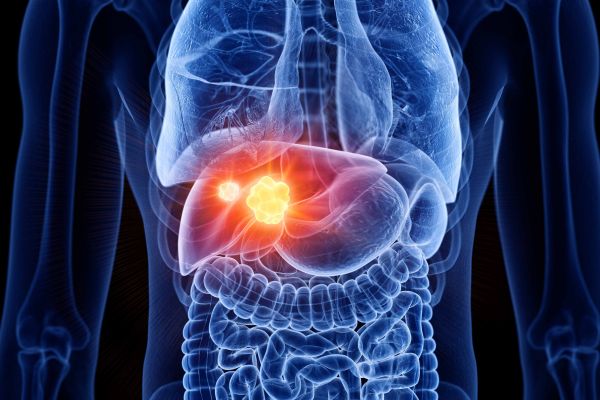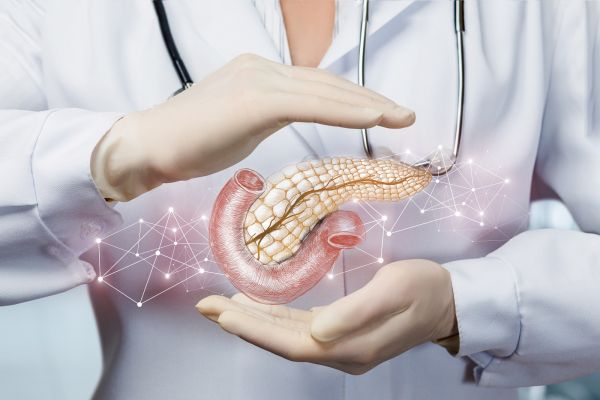The condition means that something is not right with your body and you need to see your doctor.
Jaundice is a condition in which the skin and the whites of the eyes take on a yellowish color. It can result from several health conditions, such as gallstones, hepatitis and some genetic disorders. But jaundice can also be a symptom of cancer, such as cancer of the pancreas, liver or bile ducts (cholangiocarcinoma).
But no matter the cause, jaundice requires prompt attention by a medical provider for diagnosis and treatment, advises Zachary Stiles, DO, MS, surgical oncologist with the Roswell Park Care Network.
What causes jaundice?
Jaundice is caused by the buildup of bilirubin, a pigmented substance that’s produced by the breakdown of red blood cells in the blood. Normally, the liver processes bilirubin as it makes bile, the substance that aids digestion (especially of fats). Bile travels from the liver and gallbladder to the intestines through a tube called the common bile duct.
Too much bilirubin can occur as the result of several scenarios, such as:
- You are breaking down red blood cells too quickly.
- Your liver cannot process bilirubin efficiently due to an infection or disease.
- A bile duct is blocked due to inflammation, gallstones or a tumor in the gallbladder or pancreas.
If the common bile duct becomes blocked, bile can’t reach the intestines. The amount of bilirubin in the body builds up, and “when that level gets high enough, it spills into the blood, causing jaundice,” says Dr. Stiles.
What does jaundice look like?
You may not notice jaundice right away, especially if it develops slowly. But call your healthcare provider if you have:
- Yellowish tone to your skin or whites of your eyes
- Flu-like symptoms, including fever and/or chills
- Dark urine. High levels of bilirubin can turn the urine brown in color.
- Light-colored or greasy stools. Bilirubin is what makes stools brown, but if the bile duct is blocked, stools might be light-colored or gray. In addition, less fat is broken down, which can result in fatty stools that float in the toilet
- Itchy skin
“Mild elevation of bilirubin is not dangerous in itself, but prolonged elevation of weeks and weeks can be detrimental to liver health,” says Dr. Stiles.
When does jaundice indicate cancer?
While gallstones, hepatitis and other liver and bile duct diseases are the much more common causes of jaundice, cancer must be ruled out.
Cancerous tumors in the pancreas, gallbladder, bile ducts and liver can block the bile duct. Most people with pancreatic cancer experience jaundice as an early symptom. A rare cancer called ampullary cancer, which occurs where the bile duct and pancreatic duct meet at the small intestine, almost always causes jaundice.
Jaundice often occurs without belly pain — and that’s when surgeons worry most, says Dr. Stiles. “Until proven otherwise, that’s cancer, especially in people age 50 or older, where rates of cancer are higher. We think first of cancer of the pancreas or bile ducts. It’s less common in the liver.” Other symptoms associated with these cancers can be rather vague but may include decreased appetite, weight loss and fatigue.
Some people with pancreatic cancer have a genetic variant that may increase their risk for the disease. If you have family members who have been diagnosed with pancreatic cancer, you should heed any early warning sign such as jaundice. You may also want to consider a genetic evaluation to learn what your family history might mean for your own cancer risk.
Getting a second opinion
It’s important to seek a second opinion before treatment begins to ensure your diagnosis is correct and your treatment options are appropriate.
Seek prompt treatment for jaundice
If you or a loved one shows signs of jaundice, it is important to be evaluated quickly. “Try to see your primary care physician within a week,” advises Dr. Stiles. “If you can’t see your primary physician, go to urgent care or an emergency room to start the process. Sometimes, time is of the essence. If you also have abdominal pain, fever, or are not able to eat, that could signal a gallstone obstructing the duct, which needs to be cleared out as soon as possible.”
Testing includes blood work to evaluate your bilirubin counts and liver function, along with an imaging scan to look at the pancreas and bile ducts. In some non-cancerous cases, a blocked bile duct can be opened by a stent put in by a gastroenterologist, Dr. Stiles explains. With cancer, however, a surgical oncologist is needed to remove the tumor.
Pancreatic cancers, because they cause no pain or other symptoms, are often detected only after they have spread and are much more difficult to treat. For that reason, assessing jaundice early can help find a tumor that is still small and early stage. Once other symptoms appear, the cancer has typically spread beyond the pancreas, usually to the liver. The bottom line is that “jaundice without abdominal pain should be evaluated for cancer immediately,” advises Dr. Stiles.
Cancers of the pancreas, bile duct, liver and gallbladder are rare, but Roswell Park treats them every day. “These are not typical problems that most practitioners deal with,” he stresses. “Patients benefit by coming to a cancer center where they handle a high volume of these situations. Studies show that centers with high volumes have better outcomes, and that’s what patients should focus on as being better for themselves or a family member.”




